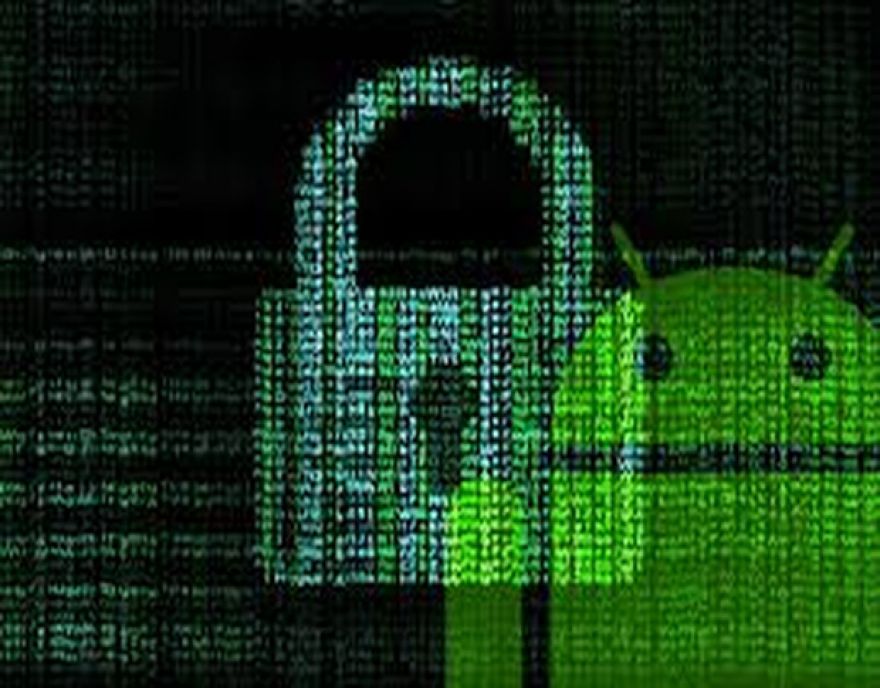
How to use the ProtonMail encrypted email service on Android
In the race for privacy, some turn to encrypting their email. Why? Because there are times when sending sensitive information needs a layer of encryption. But adding encryption to mobile email can sometimes be a bit complicated.
Until now.
Thanks to a company called ProtonMail, you can take advantage of encryption on your Android device with very little hassle. A caveat to using the ProtonMail platform: This is a service...not a stand-alone app to be used with your current email address. So you must sign up for a ProtonMail account, install the Android app, and use your newly created ProtonMail email account to send your encrypted email.
Getting a ProtonMail account
ProtonMail offers a free account, which gives you 500 MB of storage; if you need more storage, you can upgrade via donation. For a mere $50 USD per year, you get 5 GB of storage.
More about IT Security
Once you click the CREATE ACCOUNT button, ProtonMail will automatically generate your encryption keys. You will have to verify that you're not a robot (either by email or reCaptcha), and then you'll be taken to your ProtonMail inbox.
Now you're ready to move over to the Android app.
Installing the Android app
- Open the Google Play Store on your Android device.
- Search for protonmail.
- Locate and tap the entry by ProtonMail.
- Tap Install.
- Read the permissions listing.
- If the permissions listing is acceptable, tap Accept.
- Allow the installation to complete.
You will find a launcher for the app in either your App Drawer, on your home screen, or in both spots. Tap the launcher to open ProtonMail.
Logging in
When ProtonMail opens, you will have to log in to your ProtonMail account. Tap the Sign In button and then enter your ProtonMail username and the login password you created (not the decryption password). Once you tap the Sign In button, you will be asked to enter your decryption password (Figure A). After entering your decryption password, tap Decrypt.
Walk through the welcome tour, and you will finally arrive at your ProtonMail inbox, where you can compose and read encrypted email.
Figure A

ProtonMail running on a Verizon-branded Droid Turbo.
Using ProtonMail
If you send mail from your ProtonMail account to another ProtonMail account, it is automatically encrypted (the recipient will not have to enter a decryption key to read the email). If you send email from your ProtonMail account to a third-party account, you will have to manually encrypt it.
Believe it or not, ProtonMail has made this incredibly simple. From the main window, tap the compose icon (pencil), enter the recipient email address, enter a subject, type out your email, and then tap the lock icon. You will then be asked to define and confirm a message password (tap the right-pointing arrow, see Figure B) and then tap Send.
Figure B

Defining your message password.
When a third-party email receives the encrypted missive, they click on a View Secure Message button in the email, which will direct them to a ProtonMail webpage where they enter the encryption password for the email. Once decrypted, they can read the email.
You can also send unencrypted mail from the ProtonMail app. To do this, compose the email as normal, only don't tap the encryption button. Send away, and the email can be read by the recipient without being redirected to the ProtonMail webpage.
Note: The app does not log you out of your account when you close the app. Re-open the app, and you won't even have to re-enter your decryption password. There is no option for this in the settings either. The only thing you can do is log out every time you've finished using ProtonMail. When you open the app again, however, you will have to log back into your account and then enter your decryption password. To log out, simply swipe right (from the left edge of the screen), and tap Sign Out (Figure C).
This shouldn't be a big deal to anyone serious about security. If efficiency is at the top of your list, this could become a hassle.
Figure C

Signing out of ProtonMail.
Try ProtonMail today
If you're looking for one of the easiest means of getting encrypted email on your Android device, look no further than ProtonMail. It's simple, free, open source, and secure.
Also see
- Your 4-step DDoS attack protection plan: What you can learn from Protonmail attack (TechRepublic)
- 10 do's and don'ts for securing your Android device (TechRepublic)
- See why Keeper is a world-class Android password manager (TechRepublic)
- Let OpenKeychain help handle your encryption (TechRepublic)
- Encryption Policy (Tech Pro Research)